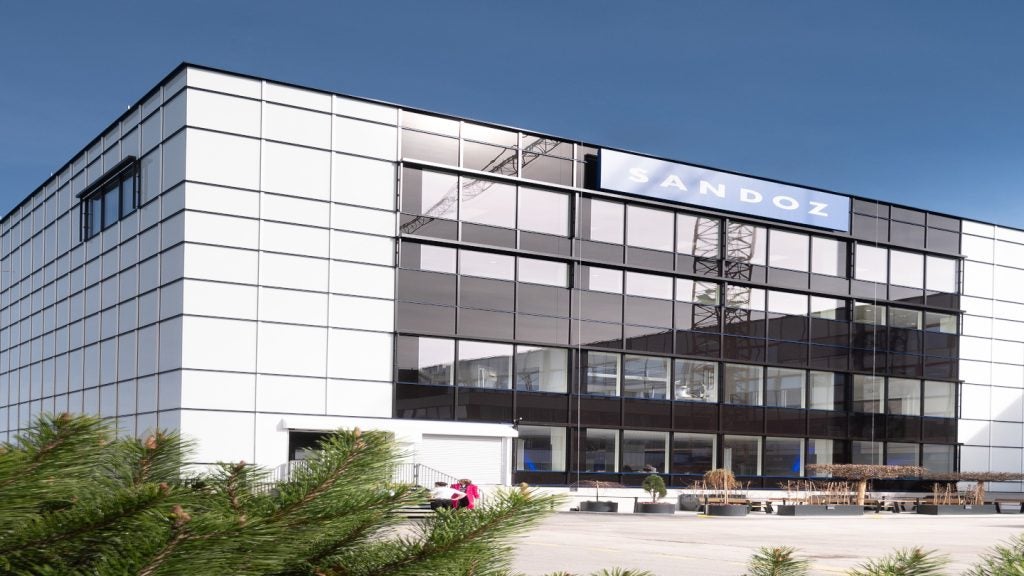Hoffman La Roche built a vitamin premix plant in 2000 at El Salto in Jalisco, Mexico, to expand its operations in the premix vitamin market.
The plant replaced an existing premix installation in Mexico City.
DSM purchased the Hoffman La Roche vitamins business in 2002 and the facility is now part of the DSM supply network.
The plant manufactures a variety of vitamins and other micronutrients for integration into food, feed, pharmaceuticals and cosmetics products.
Vitamin and micronutrient manufacture for Latin America
The El Salto premix plant was inaugurated on 21 February 2000 and started production in early March 2000. Its production capacity is around 1,800t per year.
Supplying industries across Mexico and Central America, the plant’s good transport links make it more cost effective than its predecessor.
The construction and outfitting of the plant are estimated to have cost $8.2m. The facility included laboratories equipped with technologies for quality control of the raw materials and final premixes, as well as a warehouse.
Vitamins market
During 1999, Hoffman la Roche had a commanding market share of 40% in vitamins. However, from 1990 to 1999, it was involved in price-fixingng cartel with BASF and Rhone-Poulenc.
After a legal case in 1999, Roche was fined a total of $500m in the US courts for this activity, which was followed by a €462m fine in 2001 from the European Commission (EC). The vitamins business was sold shortly afterwards to DSM.
Global premix market strengthens
An estimated 30% of the world’s population suffers from some form of vitamin or mineral deficiency.
In the 2000s, the scope of the global vitamin premix market was large. In Latin America and other developing world regions, food fortification through vitamin and mineral supplements had a huge market potential.
However, companies today are moving away from using single vitamins to fortify their products. Instead, they are demanding combinations of products that have to be supplied from a premix plant. However, the global price of crude oil and raw materials for vitamin production has risen since 2006 and consequently the price of these important food supplements have also increased.








